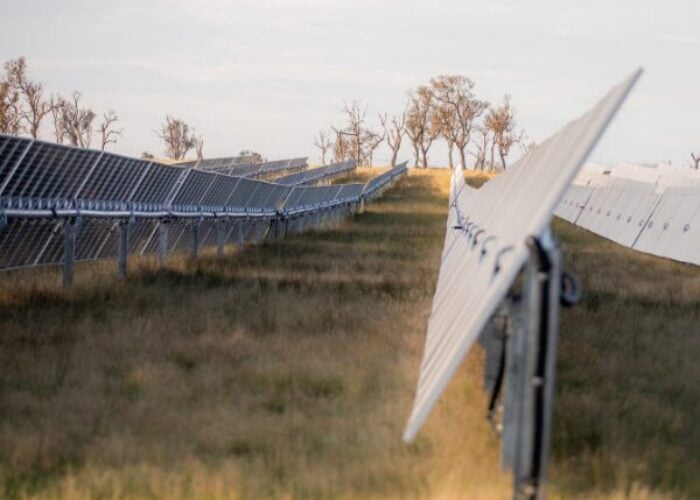After a fair amount of digging and the much needed help of our German correspondent we can now confirm that the reports of a 16-17% cut in feed-in tariff rate for Germany were true, and the cuts are to go ahead from April 1, 2010.
*News updated below*
Try Premium for just $1
- Full premium access for the first month at only $1
- Converts to an annual rate after 30 days unless cancelled
- Cancel anytime during the trial period
Premium Benefits
- Expert industry analysis and interviews
- Digital access to PV Tech Power journal
- Exclusive event discounts
Or get the full Premium subscription right away
Or continue reading this article for free
Several German news sources have reported that this figure is in fact authentic, not least of which the German Financial Times, Sueddeutsche. The Wall Street Journal reported that the maximum 17% cut is indeed on the cards, quoting today Economics Minister Rainer Bruederle as saying, “the German government could realistically cut between 16% and 17% of the subsidies it gives to solar-power providers.”
Another source, German newspaper Top Agar online made it clear that these huge cuts are in response to over-generous funding over recent years. “The current rate of support not only harms the consumer durable with extra electricity costs, it also impedes the technological breakthrough”, said the vice-chairman of the CDU / CSU Parliamentary group, Dr. Michael Fox.
The publication Handelsblatt quotes the country's Federal Environment Minister Norbert Röttgen as saying, “The goal is to develop a mechanism that responds flexibly to market developments. The current system is too rigid.”
Röttgen has made it clear that the government faces a fundamental correction of the EEG mechanism. At present the law encourages the production of electricity from wind, solar, hydro, biomass and geothermal energy, and guarantees the plant operators 20 years of fixed payments for their electricity. These are occasionally substantially above the market price.
For PV systems that went into operation in 2009 the cost, dependent on the type of system ranges from €0.32 to €0.43/kWh of electricity. This makes producing solar panels by far the most expensive green energy. By comparison, conventionally produced electricity was on Thursday in Germany less than €0.05 to purchase. The difference between market price and the feed-in tariff is passed on to consumers. In 2008 alone the total eco-compensation was approximately €8.95 billion.
PV systems are also very attractive as investment properties. Now that the prices of assets have fallen significantly, the allowances for the electricity generated will continue to be paid at the statutory level. The EEG provides only a slight melting that is too low, even from the perspective of the system manufacturer.
With the combination of lower asset prices and high FiT rates the demand for PV systems explodes. It is for this reason that the cut will go ahead, and will take effect in the country from April 1 this year.
Update
Following a press briefing with the BMU this morning (January 20), the following official changes were proposed for the EEG. These changes are extremely likely, however they are still not final law.
– Rooftop: From April 1. -15%
– Free field: From July 1. -15%
– Free field “pure farm” and “Valuable” land”: -25%
– “Direct use of pv electricity”: plus €0.05/kWh (this change is yet to be clarified, until now it was a bonus for systems <30KWp-)
– Future regulation for PV in the EEG: Mechanisms are to stay the same, a reduction will occur from 1.1.2011 according to EEG 2009 regulation. Market target is now 3GW/a, if >3,5 GWp/a is reached a further -2.5%, at 4,5GWp another 2.5% will be cut.
These proposals will now go through the political process, which will be finalized at the end of March 2010. The situation could improve, as the industry is so likely to resist the changes, yet even if there is a change, it is not at all likely to be significant.





